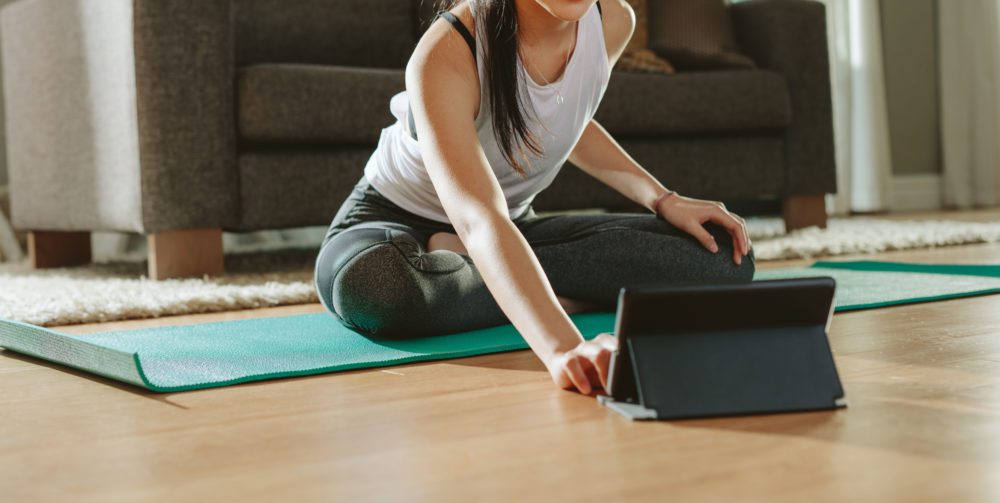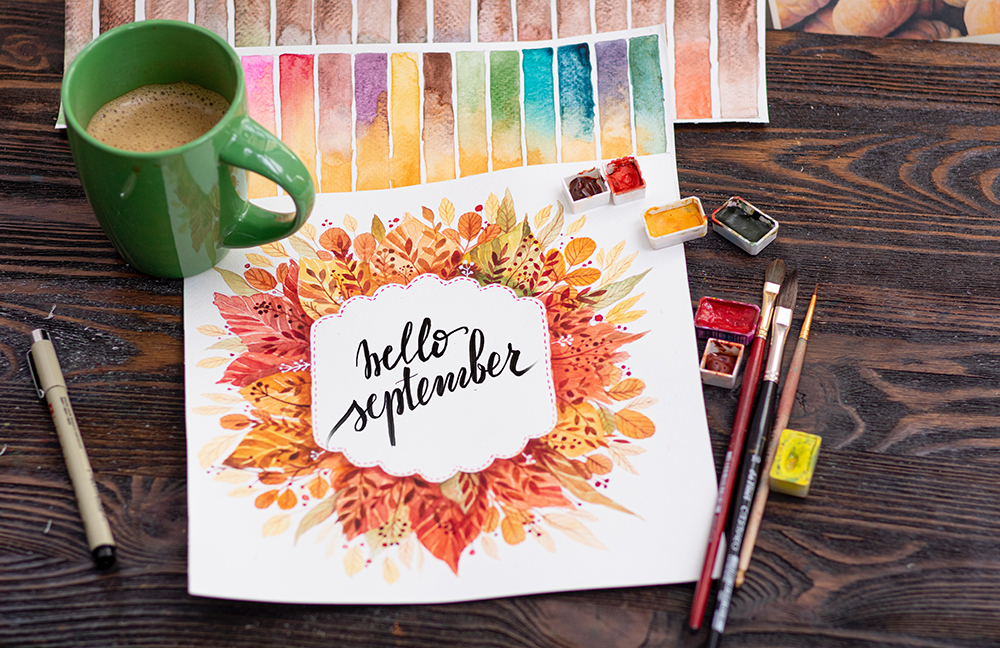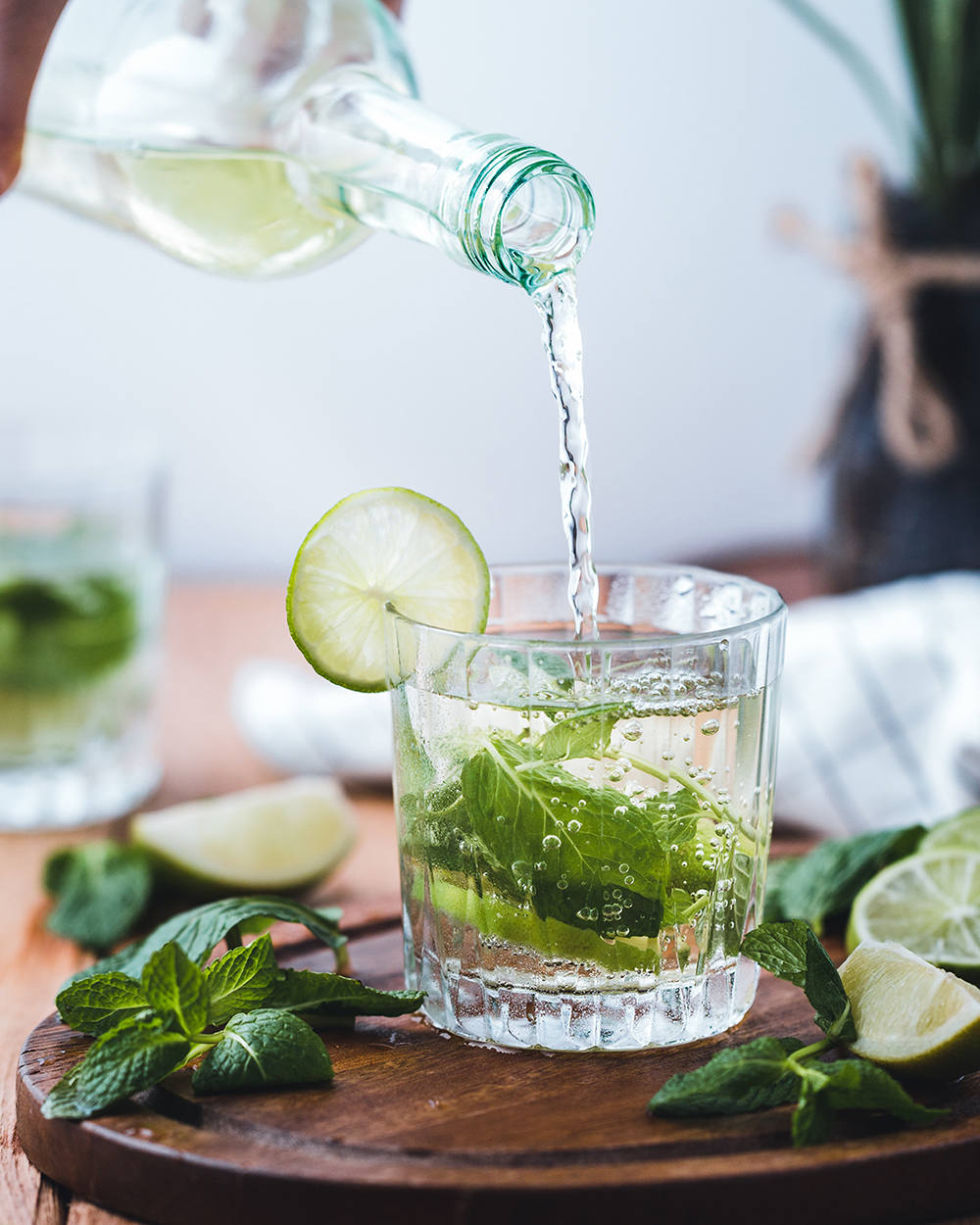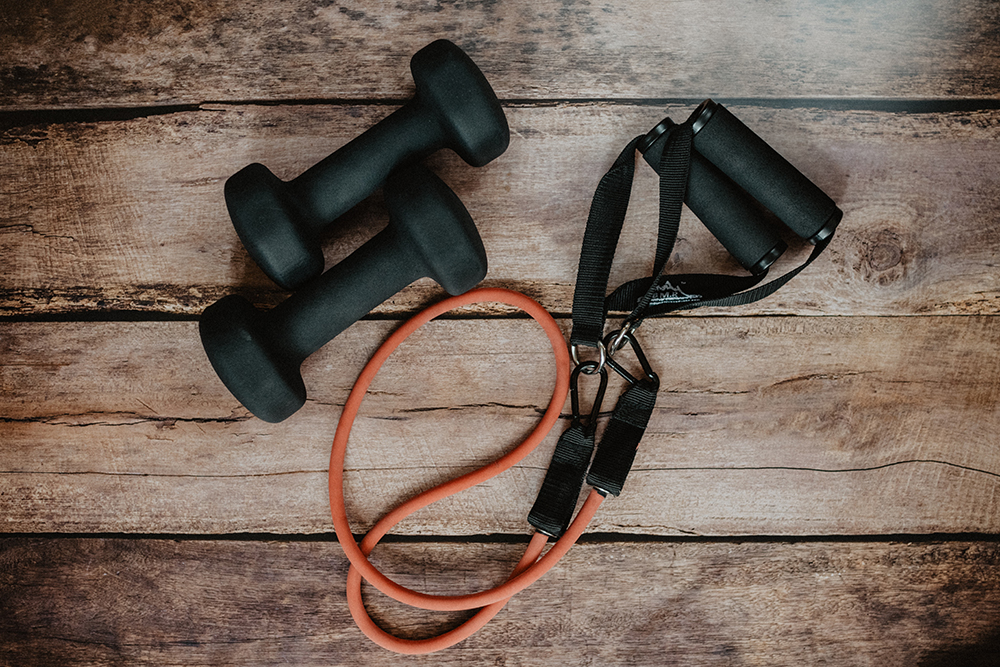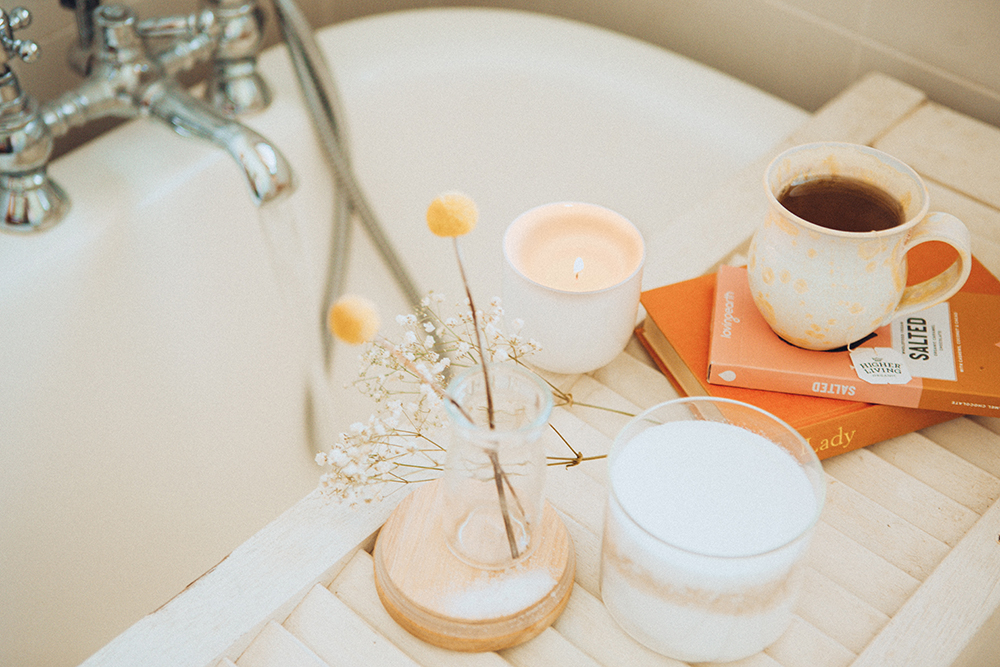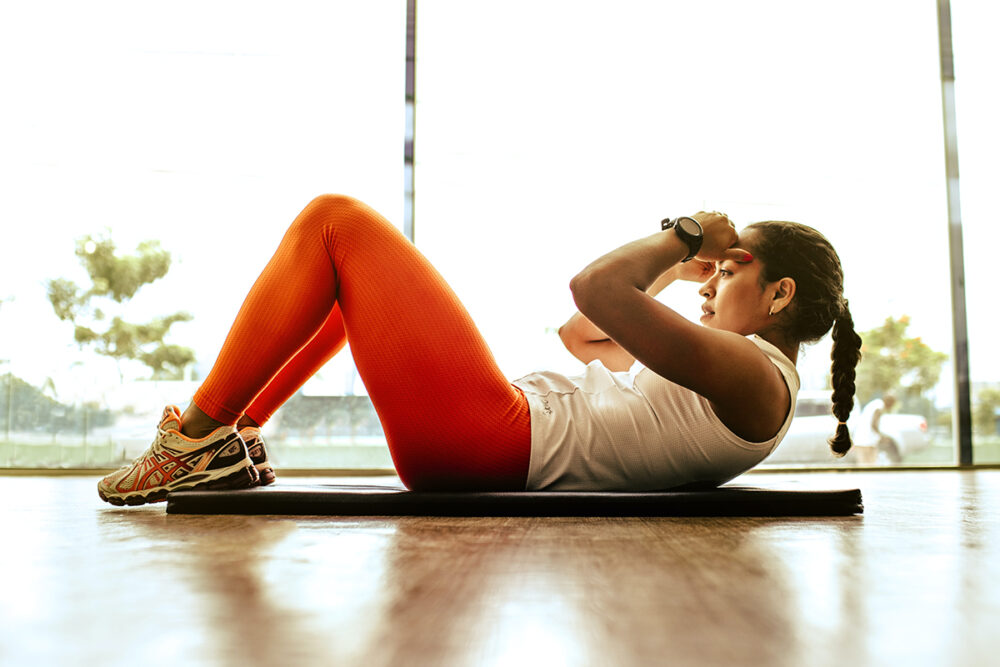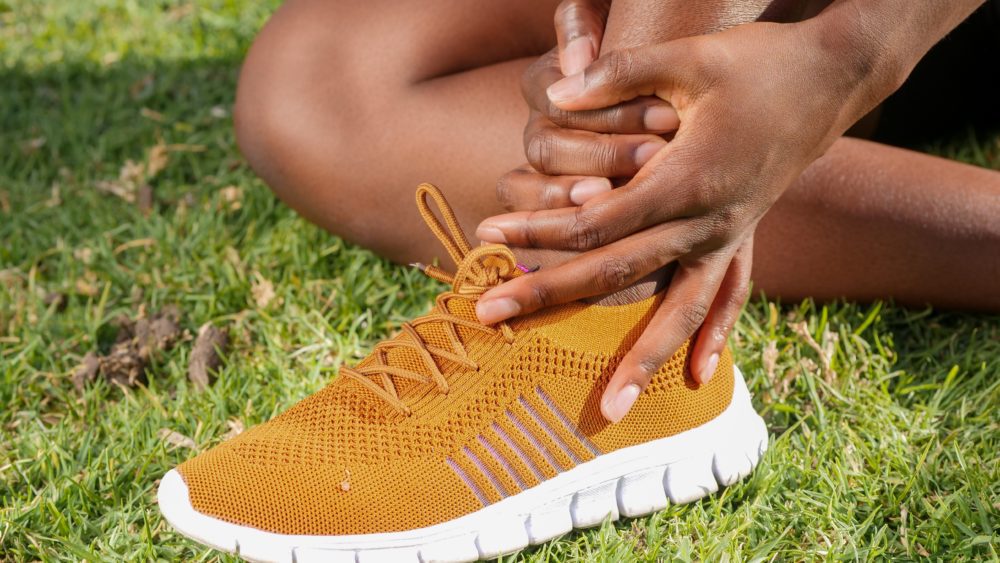Introducing Collections
This month we introduced EA Collections to the Virtual Studio to help take your wellness to the next level! Our Collections are curated classes where you can find programs and progressive series that target fitness focus that you can easily follow along. No more guessing what workouts you should do. Looking to feel stronger, leaner, or improve your flexibility? We got your back!
These collections were carefully created to help target your specific fitness goals and interests. Whether you’re looking to feel stronger, leaner, or improve your flexibility, our collections can help you get there. We plan it all, so all you have to do is show up. It’s that easy!
How does it work?
- Check out our collections and programs here.
- Choose the one that suits your fitness goals/fitness journey, interests, time availability, or try simply them all.
- Once you have chosen your program, it’s time to get started, make sure you read the ‘getting started‘ section on the program page for any additional details and information on rest days.
- Download the workout calendar! You can download and print the workout calendar located on the right, and follow along, it will tell you which workouts to perform on which days.
- Click play! All the workouts are conveniently accessible from the program page, all you need to do is click play.
- Enjoy the journey 🙂 When you finish feel free to start all over again for another round, you can challenge yourself and increase your intensity or work on your form. Finally, let us know how you did!
Are these programs for me?
We currently have 4 different programs/collections to choose from, which you choose depends on your fitness goal and what you are hoping to get from your fitness journey. But rest assured, all our programs are suitable for any level of fitness.
Dance & Tone: Is designed to help keep you feeling amazing and get lean with a combination of dance and resistance training.
Duration: 4 weeks/ 30-40 min workouts
4 Week to Strong: Strength training isn’t only for building muscle (check out all the benefits of strength training in this blog post). This 4-week program was created to combine muscle-sculpting strength workouts with the benefits of stretch and flexibility classes, and a sprinkle of HIIT.
Duration: 4 weeks/ 15-30 min workouts
Bodyweight Only: This 3 week challenge works every muscle group and all you need is your body to get strong, lean and sculpted.
Duration: 3 weeks/ 5-30 min workouts
Stretch it Out: Enjoy a head-to-toe refresh with 3 days per week of stretches that release tension, improve range of motion, and aid in injury prevention.
Duration: 3 weeks/ 5-20 min workouts
Will there be more collections and programs added?
Yes! We will be adding new programs in the future that will target different fitness goals and interests!
Ready to check it out: Go to collections.

